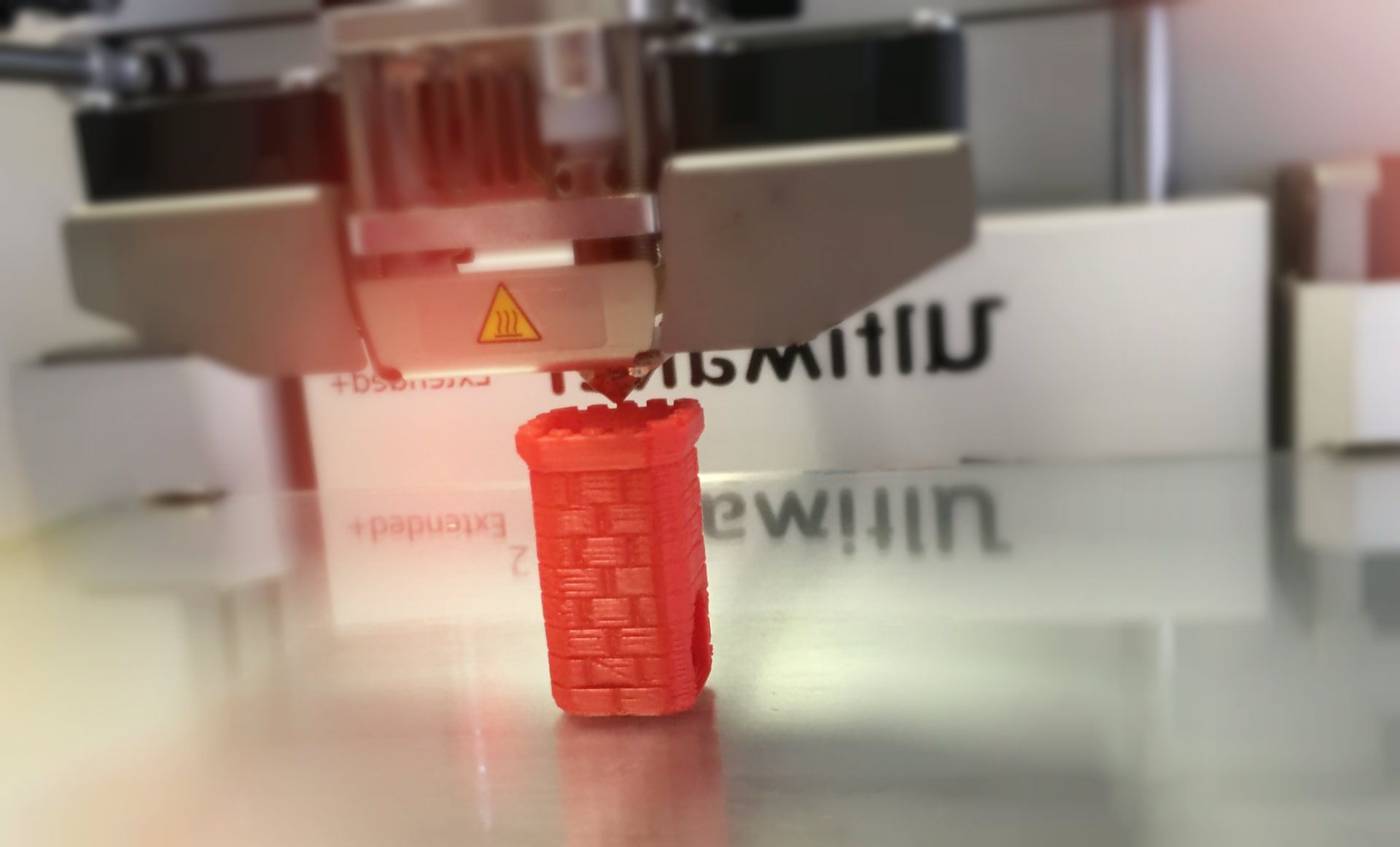As the name suggests, its properties are greatly influenced by light. Specifically, UV light causes its properties to evolve greatly. The photopolymer will be in a liquid state. On exposure to UV light, it hardens almost instantaneously. Most of us may assume that this is a new concept. Well, this is not the case. The materials have been around for quite a while now.
The materials are often used to cover wood, paper, and some metals. It tends to increase their durability. In addition, quite many adhesives and inks are based on the photopolymers. Dentists often use them. If you have ever heard a cracked tooth bonded, the doctor used a photopolymer.
The process used is known as polymerization. It entails creating larger molecules by combining tiny ones. This process is a natural occurrence in the body. As you take in gasses and foods, the body has developed ways to combine them. The combination leads to the creation of nutrients that are useful for the human body.
A common point to note is that they all rely on energy. The sun is one of the major sources of energy. The effects of sunlight can be replicated in a laboratory setting. When the light is the main source of energy, the term used is photopolymerization.
What Is Their Composition?
A photopolymer is a mix of different molecules. The materials that make up a photopolymer can be classified into three broad categories. Other additives may also be used to change the unique properties of each photopolymer.
a) Binders/Oligomers
The material is made up of molecules that are in a chain-like formation. The oligomers are a major determinant of the properties of the photopolymer. For instance, they influence how durable and heat resistant it is. Binders make up for more than half of the photopolymer’s weight.
b) Monomers
These are made up of tinier molecules. Binders are usually quite viscous. Consequently, spreading them out becomes quite a challenge. The monomers make it easier to handle binders. In addition, they can have an influence on how the chemical reaction takes place. Monomers make about a tenth of the weight of the final product. But, they can be as much as 40 % of the total weight.
c) Photoinitiators
Photoinitiators are tiny molecules that can be split by light. When the split happens, one of the parts helps binders and monomers to react. The reaction links them, thus forming the final product. All photoinitiators work at specific light wavelengths. For instance, some of them will only work under UV light. Other photoinitiators will work with visible light. Other light sources used are lasers. They tend to make up a minuscule percentage of the final product.
Changing into Solids
The process of forming photopolymers utilizes either of two routes. Firstly, it may be due to a radical released by a photoinitiator. The radical combines with either a monomer or a binder. As a result, the change causes the reaction to begin; thus, a photopolymer is formed.
Alternatively, a cationic reaction may be used. In this case, the photopolymer reacts with light and a strong acid is produced. The acid will cause the monomer and binder to bond. The cationic process offers better results than the free radical process. The process takes place as a chain reaction.
Summary
Photopolymers have a wide use, especially in 3D printing. Their unique properties are utilized to come up with 3D solids with ease. They are one of the finest materials used in rapid prototyping. During hardening, some free radicals may be trapped inside the material. They may cause the properties of the object to change over time. The final solid is exposed to intense UV or normal light to get rid of them.
